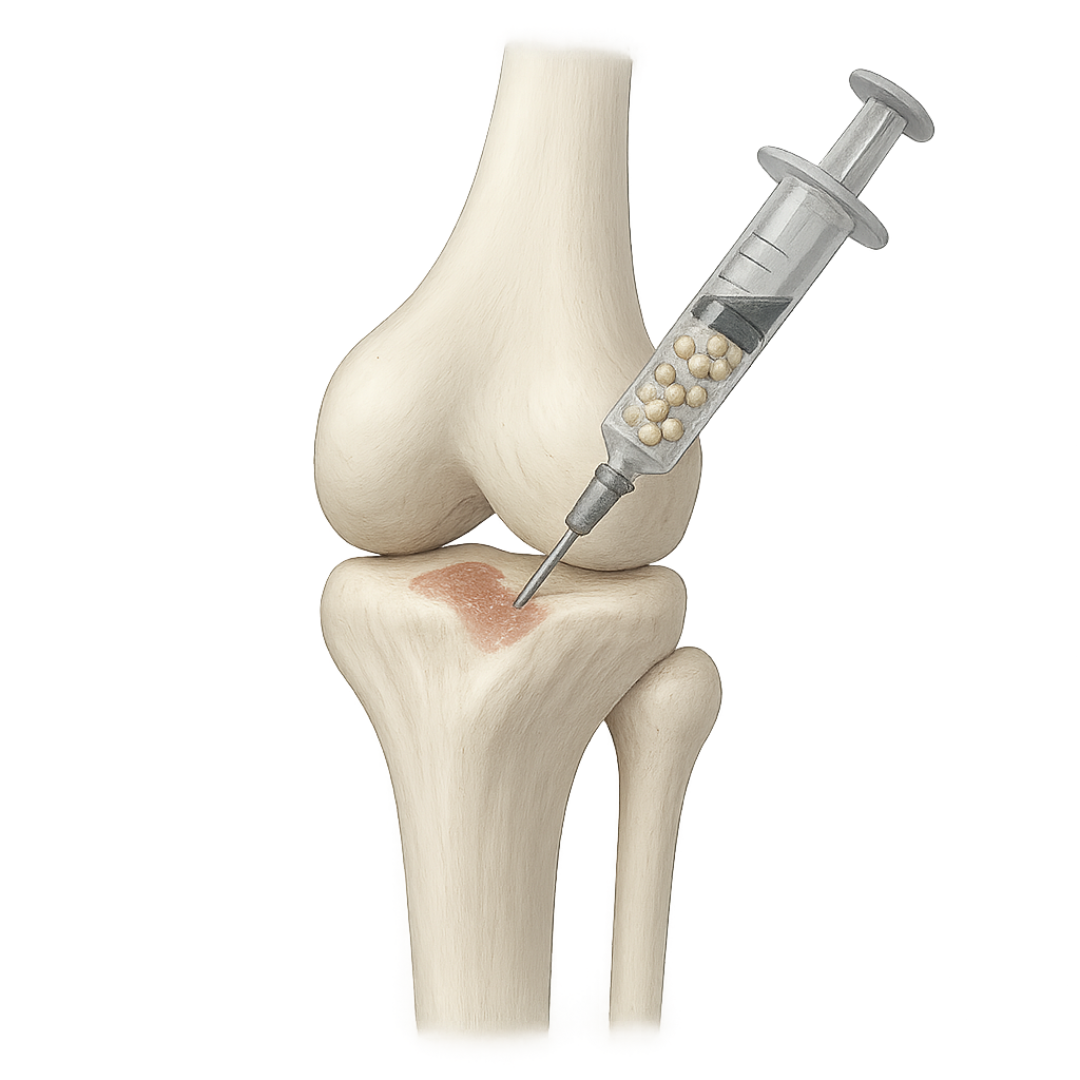Total/Partial Joint Replacement Surgeries
Joint replacement surgery is a medical procedure where a damaged joint, such as the knee, hip, or shoulder, is replaced with an artificial implant. It is usually recommended for people with severe joint pain, arthritis, or injury that limits mobility and daily function. The surgery relieves pain, restores function, and improves quality of life.
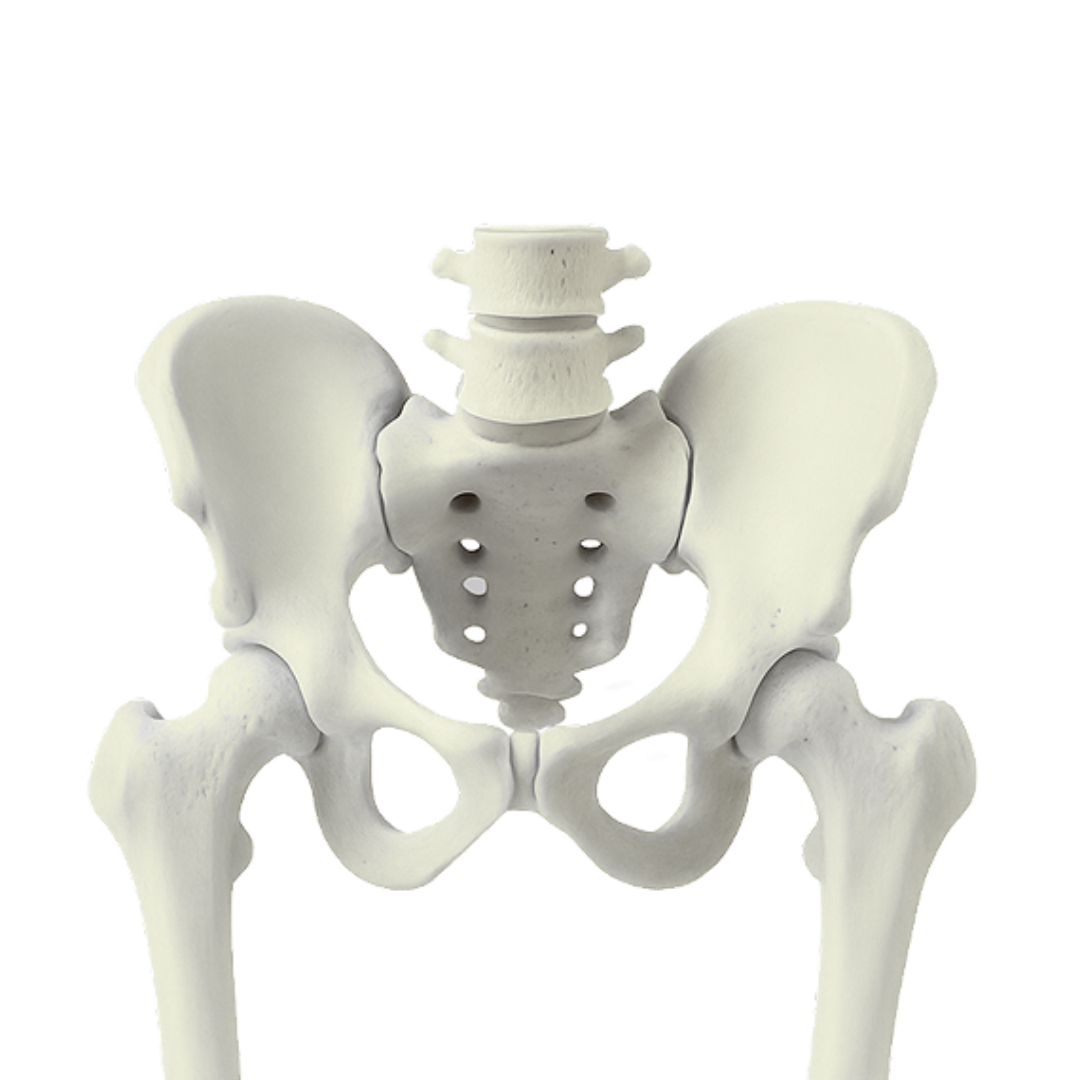
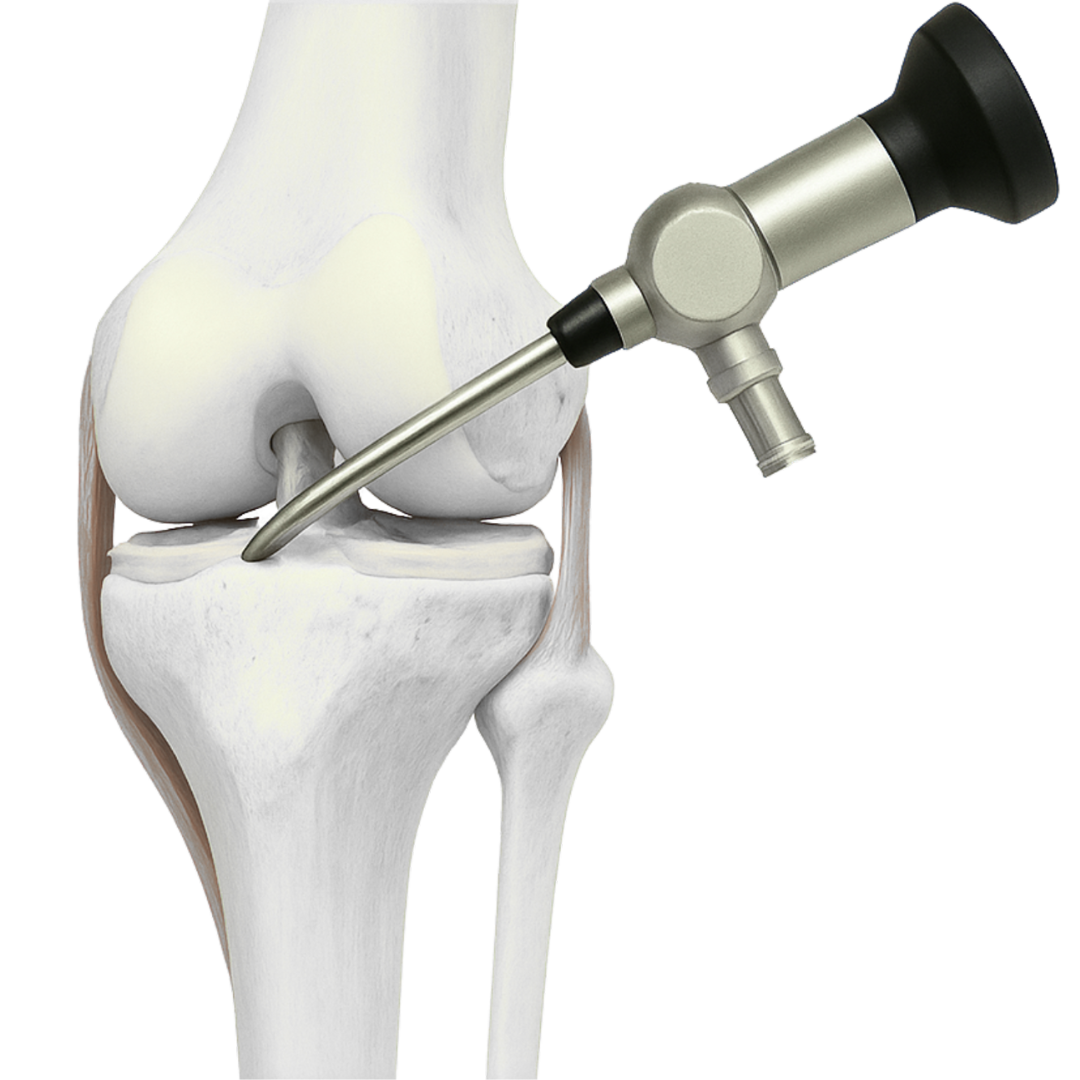
Knee and Shoulder Arthroscopy
Arthroscopic surgery is a minimally invasive procedure used to diagnose and treat joint problems. It involves inserting a small camera, called an arthroscope, into the joint through a tiny incision. Surgeons can view the joint on a screen and perform necessary treatments using miniature instruments.
Knee and Shoulder Arthroscopy
Arthroscopic surgery is a minimally invasive procedure used to diagnose and treat joint problems. It involves inserting a small camera, called an arthroscope, into the joint through a tiny incision. Surgeons can view the joint on a screen and perform necessary treatments using miniature instruments.

Sports / ACL / Meniscus Injury Management
Sports injury management involves the prevention, diagnosis, treatment, and rehabilitation of injuries caused during physical activities. It focuses on restoring the athlete’s strength, mobility, and performance while minimizing the risk of future injuries.

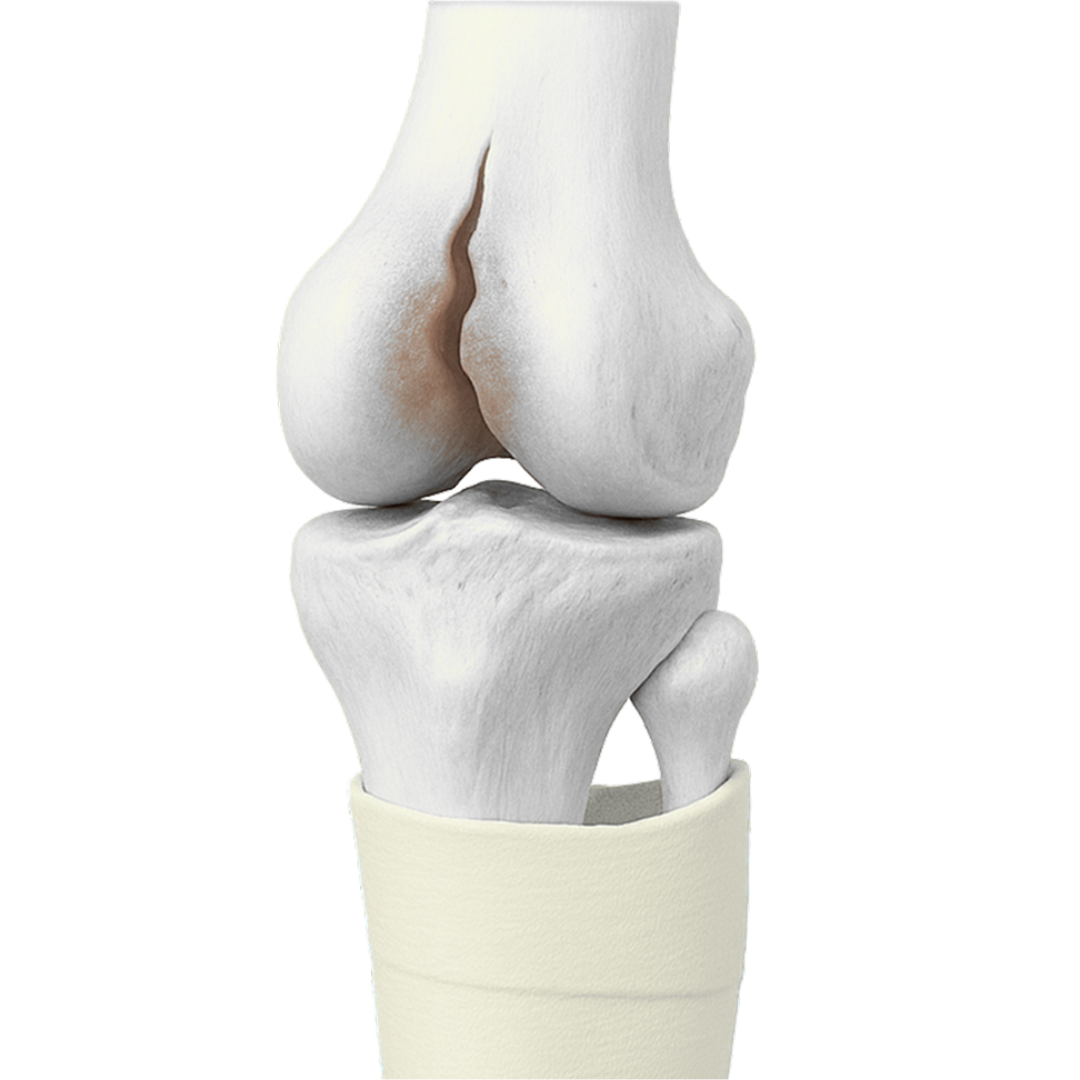
Fractures and Trauma
Care
Fracture and trauma care involves the immediate and long-term treatment of broken bones and injuries caused by accidents or physical impact. This care includes proper diagnosis through X-rays or scans, immobilization with casts or splints, and surgical intervention if needed. Pain management and rehabilitation play vital roles in full recovery.
Fractures and Trauma
Care
Fracture and trauma care involves the immediate and long-term treatment of broken bones and injuries caused by accidents or physical impact. This care includes proper diagnosis through X-rays or scans, immobilization with casts or splints, and surgical intervention if needed. Pain management and rehabilitation play vital roles in full recovery.

Post Trauma / Surgery Physiotherapy and Rehabilitation Planning.
Post-surgical physiotherapy planning is essential for a patient’s full recovery after an operation. It involves designing a structured rehabilitation program to restore movement, strength, and function in the affected area. The plan is personalized based on the type of surgery, patient health, and recovery goals.
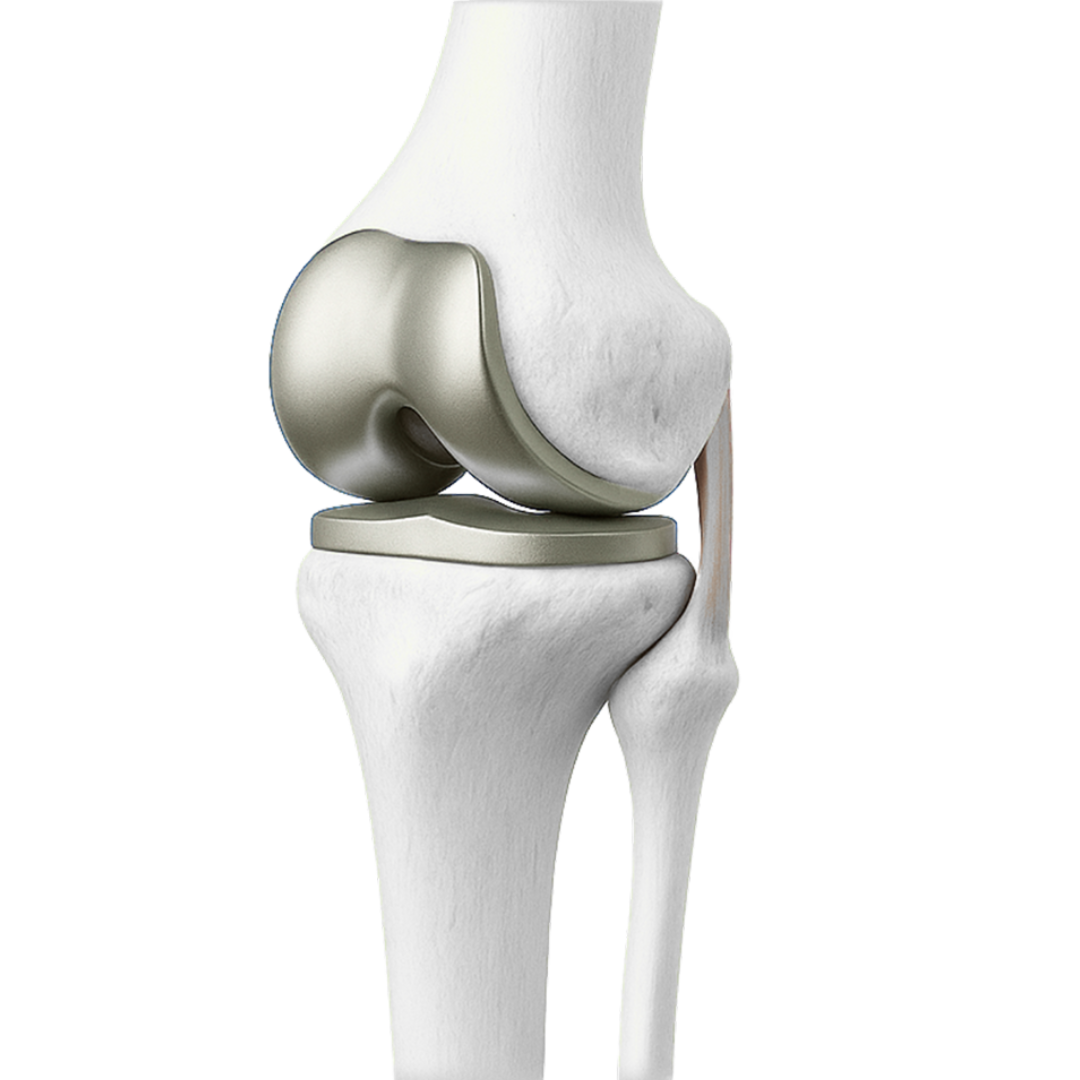
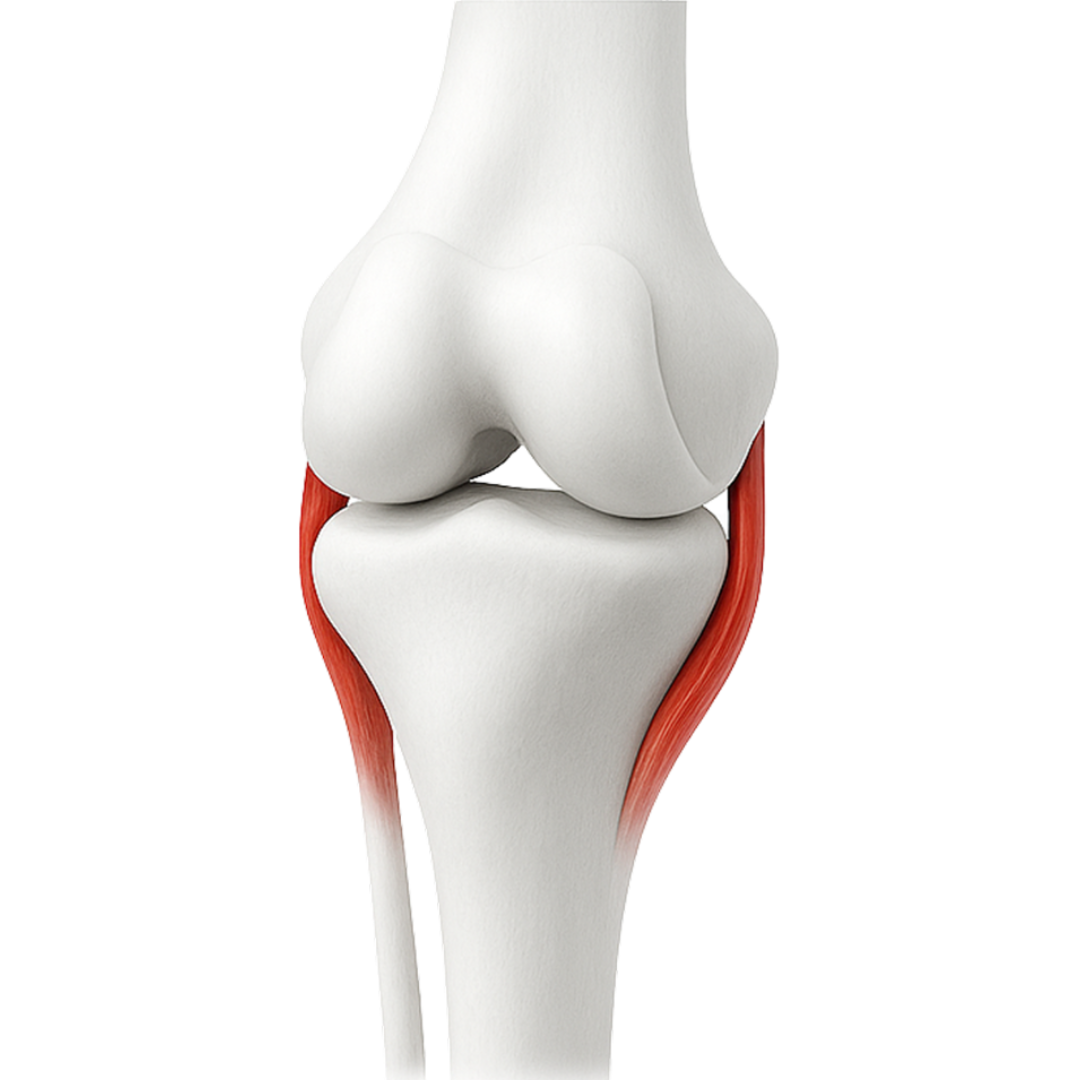
Bone & Joint Health
Consultation
Post-surgical physiotherapy planning is essential for a patient’s full recovery after an operation. It involves designing a structured rehabilitation program to restore movement, strength, and function in the affected area. The plan is personalized based on the type of surgery, patient health, and recovery goals.
Bone & Joint Health
Consultation
Post-surgical physiotherapy planning is essential for a patient’s full recovery after an operation. It involves designing a structured rehabilitation program to restore movement, strength, and function in the affected area. The plan is personalized based on the type of surgery, patient health, and recovery goals.

Deformity Corrections/ Osteotomies
Deformity corrections and osteotomies involve surgically reshaping or realigning bones to restore proper function and structure of joints. These procedures are often used to treat congenital deformities, bone malalignment after injury, or conditions like arthritis that cause uneven joint loading. By redistributing weight and correcting the mechanical axis of the limb, osteotomies can relieve pain, improve mobility, and delay or prevent joint replacement surgery.

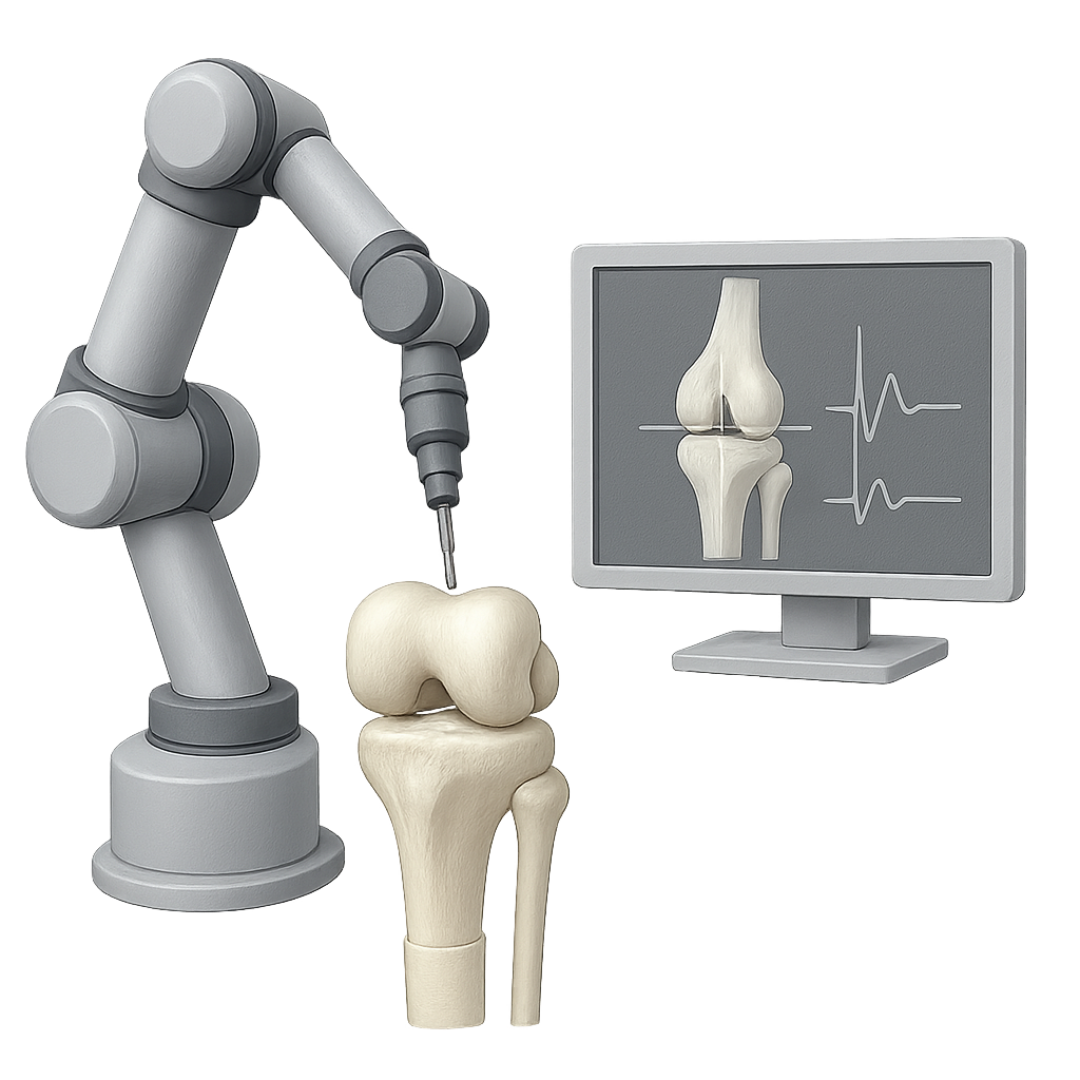
Robotic/ Computer Assisted Surgeries
Robotic and computer-assisted surgeries represent a cutting-edge approach to joint replacement and orthopedic procedures. These technologies enhance surgical precision, allow for better implant alignment, and contribute to improved outcomes and faster recovery. With real-time navigation and 3D planning, surgeons can customize procedures based on each patient’s anatomy, resulting in more predictable results and long-term joint function.
Robotic/ Computer Assisted Surgeries
Robotic and computer-assisted surgeries represent a cutting-edge approach to joint replacement and orthopedic procedures. These technologies enhance surgical precision, allow for better implant alignment, and contribute to improved outcomes and faster recovery. With real-time navigation and 3D planning, surgeons can customize procedures based on each patient’s anatomy, resulting in more predictable results and long-term joint function.

Joint preservation/ Regeneration Procedures
Joint preservation and regeneration procedures aim to delay or prevent the need for joint replacement by repairing damaged cartilage and restoring natural joint function. These minimally invasive treatments include platelet-rich plasma (PRP) therapy, stem cell injections, and viscosupplementation. Ideal for early arthritis and cartilage injuries, they reduce pain, promote healing, and support long-term joint health.
